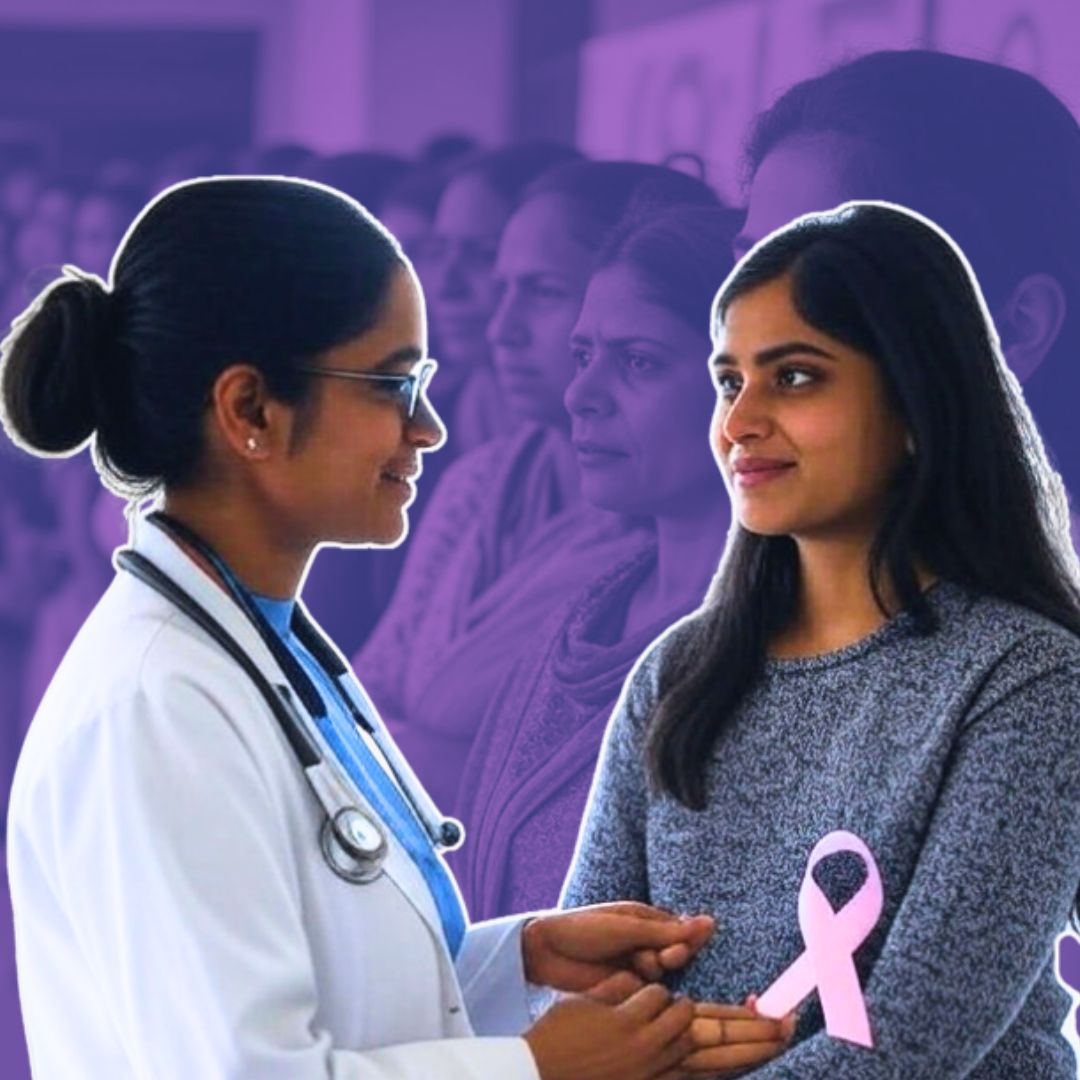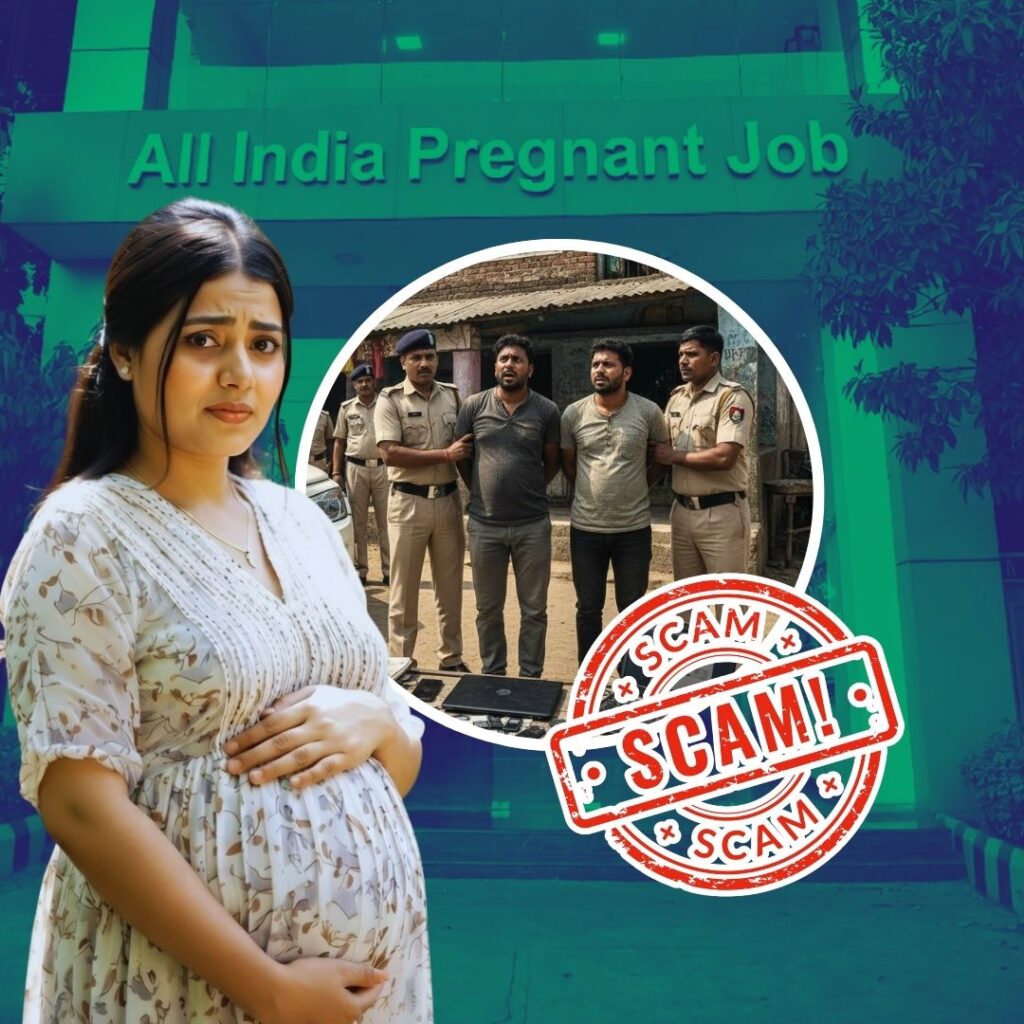Over 10.18 crore women aged 30 and above have been screened for cervical cancer across India under the Ayushman Arogya Mandirs (AAMs) and the National Health Mission (NHM), accounting for around 40% of the eligible population of 25.42 crore.
The screening, primarily conducted through the Visual Inspection with Acetic Acid (VIA) method at primary health centres, aims at early detection and prevention. Accredited Social Health Activists (ASHAs) and widespread awareness campaigns have been pivotal in this achievement, signifying a major stride in India’s efforts to curb cervical cancer mortality through accessible, preventive healthcare1.
Milestone in Women’s Health Screening
The cervical cancer screening programme targets women aged 30 to 65 years for screening once every five years at Sub-Health Centres and Primary Health Centres under AAMs. ASHA workers conduct community-based risk assessments and facilitate screening participation, while government drives awareness through National Cancer Awareness Day, World Cancer Day, and prominent media campaigns.
Minister of State for Health Shri Prataprao Jadhav highlighted ongoing efforts to increase outreach and screening coverage, reinforcing the government’s commitment to early cancer detection and management.
Background and Context of the Initiative
Cervical cancer remains a critical public health challenge in India, with an estimated 1 in 5 women globally with cervical cancer residing in India, contributing to 25% of global cervical cancer deaths, many due to late diagnosis.
The government’s initiative integrates population-based screening with non-communicable disease management via NHM, leveraging AAMs as nodal points for accessible detection and treatment referral. Early screening using affordable, effective methods like VIA and new indigenous HPV diagnostic kits are vital for reducing mortality and controlling disease burden.
Challenges and Barriers to Screening Uptake
Despite progress, cervical cancer screening uptake in India has traditionally been low, with surveys showing screening rates below 2% in many regions, disproportionately affecting socioeconomically disadvantaged and rural women.
Barriers include lack of awareness, limited access, financial constraints, and sociocultural stigma. Media exposure and educational initiatives have proven effective in increasing screening participation, but sustained efforts are needed to reach underserved populations.
Expert Advice: Screening and Prevention Strategies
Experts emphasise a comprehensive approach that combines regular screening every 3-5 years for women aged 30-65 with HPV vaccination for girls aged 9-14, alongside lifestyle modifications and hygiene education.
The World Health Organization advocates achieving ‘90-70-90’ targets: 90% HPV vaccination coverage, 70% of women screened twice in a lifetime, and 90% of diagnosed women receiving treatment, aiming for elimination of cervical cancer as a public health problem by 2060 in India. Adoption of rapid, cost-effective HPV tests alongside VIA screening improves sensitivity and coverage.
The Logical Indian’s Perspective
This milestone in cervical cancer screening underscores the power of integrated government-led initiatives, community engagement through ASHA workers, and public awareness to bridge healthcare gaps and promote preventive care.
The Logical Indian calls for enhanced focus on overcoming socioeconomic and geographical disparities, ensuring equitable access, and sustained behavioural change campaigns. In advancing towards cervical cancer elimination, communities, policymakers, and healthcare providers must collaborate to extend screening and treatment to every woman, especially those most vulnerable.











